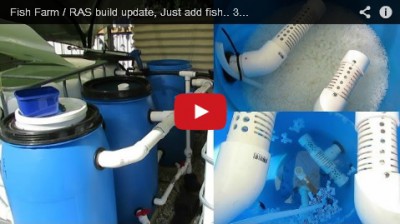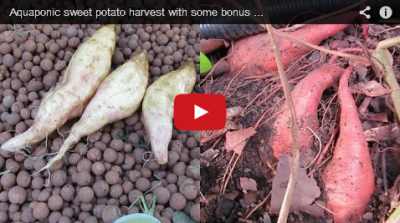Companion planting & Polyculture..
Companion planting is a method of growing food that involves planting a variety of plants that have a beneficial relationship with the others planted close by.. Some plants are said to keep certain pests away due to their perfume while others will attract predator insects, like ladybugs, into the garden so they can feast on pests like aphids..
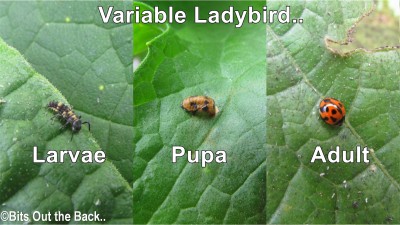
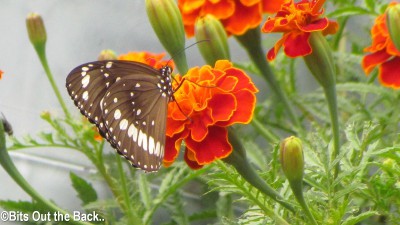
A great example of this growing system is called the "Three sisters method" & is still being used by backyard gardeners around the world.. This well proven companion planting system was used by native peoples across North America for thousands of years.. In this system the 3 plants that were normally used were maize/corn, climbing beans & squash/pumpkins.. The corn was grown to provide a growing frame for the beans which in turn fixed nitrogen to the soil & the squash was used as a living mulch that helped to control weeds & received shade from the taller corn..
I've been told by a friend (thanks Adie) that some like to plant a forth sister (borage) here in Australia to help bring in bees/insects to help with pollination.. After looking into it further I found that the "Rocky Mountain bee plant" (Cleome serrulata) was used in some places in the Americas for this purpose & doubled as a food source..
Here is a few links that explain the origins of the 3 sisters method & planting schedule in a bit more detail,
http://en.wikipedia.org/wiki/Three_Sisters_%28agriculture%29
http://www.almanac.com/content/companion-planting-three-sisters
http://www.motherearthnews.com/organic-gardening/native-american-gardening-zm0z13fmzsto%20.aspx?PageId=1#axzz2zV5sn2p3
Some of the claims made about companion planting are not always backed up by scientific data & unfortunately just don't work that well we've found :/ We have tried on a few occasions to reduce root knot nematode numbers by planting out French marigolds (a common "go to" plant for pest control) in beds around the garden.. Unfortunately, as a living plant they just don't do much at controlling the nematodes but we have had great success using them, along with mustard greens, as a green manurer crop that is mulched up & dug through the soil to decompose & gas the nematodes into submission, as I've mentioned in other blogs..
There are a load of companion planting guides in books & on the web that I have found useful.. Here are a few that I have found useful for us here in Australia,
http://www.sgaonline.org.au/companion-planting/
http://www.gardensablaze.com/Companions/CompanionYield.htm
I would also recommend a great Aussie/Kiwi book by Jackie French called "Jackie French's Guide to Companion Plating in Australia & New Zealand" if you can find a copy..
Polyculture is an expansion of the companion planting idea where many different types of plants are sown out together.. It can also include animals into the system, something I won't be doing, much to the displeasure of our chooks ;) While not all the plants are "companions" in the sense as I mentioned above, all the plants have a function.. Some are planted due to their ability to be an early, late or continual cropping plant to spread out the production period of the bed.. Others are planted for their pest repelling properties & some make themselves useful as a thick layer of leaves close to the ground to help shade the soil & stop it from drying out..
This season I decided to combine a fair few different plants into a Polyculture bed to see how it goes.. The companion plants we will be using are Alums (garlic & shallots) to deter the aphids & some leafy greens to help provide a layer of living mulch to help keep the soil from drying out..
The short term crops we have planted out are radishes, rocket (arugula), leaf lettuce & beetroot leaves with the bulbs of the beetroot taking a bit longer to mature.. The broccoli, garlic, shallot bulbs & walking onions are the longer term crops in the bed that will take quite some time to mature.. Perpetual spinach, rainbow chard & shallot greens will offer a continual crop of leaves with the side shoots from the broccoli providing us with a continual harvest up December this year if not longer..
When it came time to plant out the bed I placed one row of shallots down either side of the bed & had a row of Glen large garlic up the centre.. Up one side between the garlic & shallots went a row of broccoli & up the other went a mix of beetroot & chard seeds.. Once those plants & seeds were in, lettuce, rocket & radish seeds were broadcast throughout the bed..
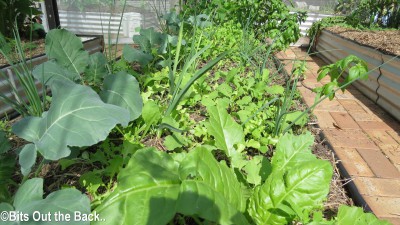
AquacultureAquaponics..
I have finally finished the aquaculture/Fish Farm system for the back yard, well sort of.. We did have 2 fish in the system that we were given but lost one on the weekend while trying to adjust the pH for new fingerings.. Was a silly mistake.. I'm now getting the pH levels under control.. Hope to add the lonely fish back in tomorrow along with a perch from our aquaponic system so they can start to condition the water before the fingerlings arrive.. Here is a bit of a look at the fish farm for those that are interested..
While we won't be growing veggies with it this season it will be turned into an aquaponic system after the first harvest of fish has been done.. Just need the OK from Bianca to expand the aquaponic area ;)
We were lucky enough to be offered to buy an aquaponic system from a local aquaculture designer, Mr Paul Van, who is moving to the United Arab Emirates where he is building a massive 4400m² pilot aquaponic system..
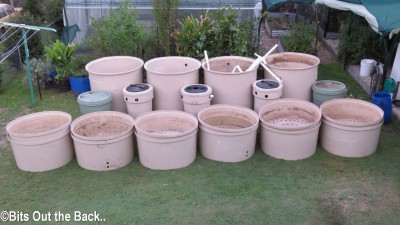
Hoping to have the system set up in the next month or so after we dismantle the current one & move it to my parents for them to make use of.. Definitely won't be able to say I will be bored over the coming few months ;)
A while back I planted a sweet potato slip in the aquaponic system to see how it would go.. Was very impressed with the greenery the plant provided for salads & stir fries but was sceptical as to if we would get many tubers from it.. Here's a quick look at some of the small tubers we pulled from the bed along with the bonus tubers I found growing on the vine in the soil beside the system..

Harvests from the patch..
Harvested the one & only fruit from the Dragon fruit cactus this year, that was growing over the fence from the neighbours..
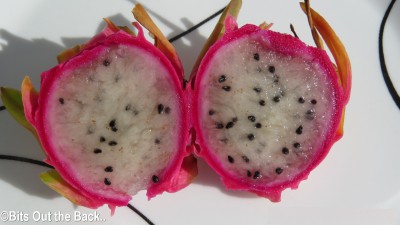
Harvested our one & only Piel de sapo melon (AKA "Toad skin" or "Christmas melon" ) from out the garden out the front this week..
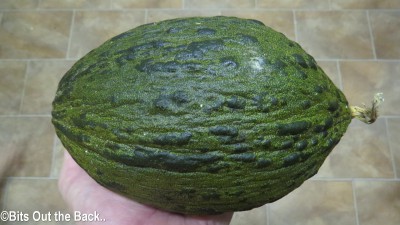
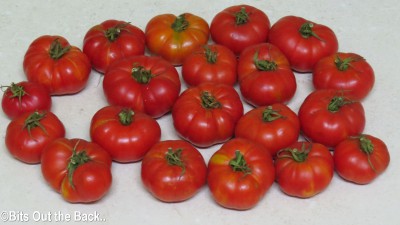
Also harvested all the Balinese sweet corn..
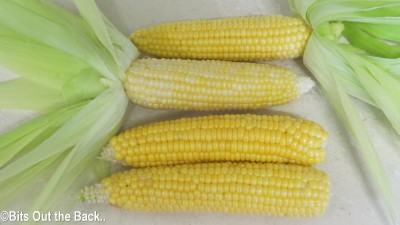
That's it for this month's look at the garden.. Hope everyone's cool weather crops are in & well on their way.. Still have a few more to pop in here & will give you a look next month :)
Have a great one all,
Rob :)»
